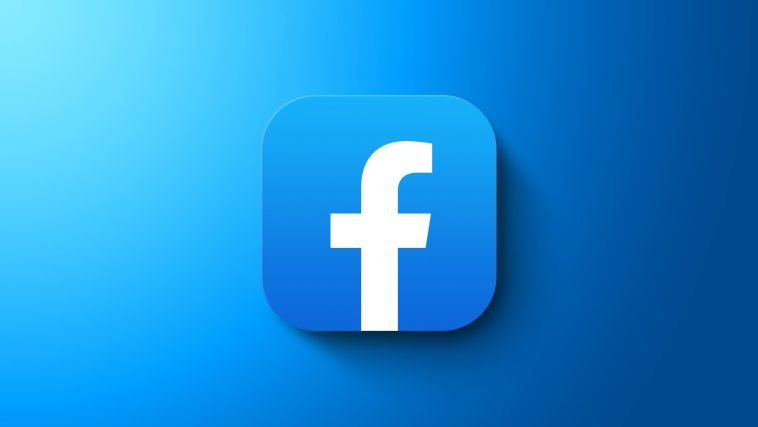Introduction.
Starting a print-on-demand (POD) business can be exciting, but getting customers’ attention is a whole different challenge. Facebook Ads offer a great way to reach an audience quickly, but they can feel overwhelming for someone new to paid ads.
Let’s break down everything you need to know about running Facebook Ads for your POD business, from setting up ads that sell to figuring out who to target, to finally seeing sales roll in.
In this guide, I’ll walk through each step to create effective Facebook Ads for your POD products, such as T-shirts, mugs, or posters.
I’ll share tips on audience targeting, designing attention-grabbing creatives, budgeting, and analyzing results.
Understanding Facebook Ads for Print-on-Demand
Facebook Ads can be a powerful marketing tool for print-on-demand businesses because they allow you to target specific audiences based on interests, demographics, location, and behaviour.
With over 2.8 billion active users, Facebook provides access to a massive, highly customizable audience that could be the perfect match for your products.
POD businesses are unique because they rely heavily on impulse buys and unique designs. To succeed with Facebook Ads, you’ll need to create ads that immediately grab attention and connect with your audience’s tastes.
Why Facebook Ads Work for POD
- Huge Audience Potential: With billions of users on Facebook and Instagram (which Facebook also owns), it’s easier to find people who might be interested in your designs.
- Precise Targeting Options: You can narrow down your audience by age, location, interests, or even behaviours.
- Visual Platform: Facebook and Instagram are visual platforms where designs can pop, making them perfect for POD products.
How Do I Run Facebook Ads For Print On Demand?
1. Set Clear Goals.
Before you even open Ads Manager, figure out what you want to achieve. Are you looking to increase brand awareness, drive traffic to your website, or boost conversions?
For POD, most people aim for conversions, so that’s where the focus will be. Setting clear goals helps you pick the right campaign objective in Ads Manager.
2. Choose the Right Campaign Objective.
In Facebook Ads Manager, the campaign objective should align with your goals. If you’re looking to sell products directly through your ad, choose “Conversions” as your objective.
This tells Facebook’s algorithm to show your ad to people most likely to make a purchase. Other useful objectives for POD include:
- Traffic: If you want to drive people to your website.
- Engagement: If you’re trying to grow your page or increase social proof.
3. Define Your Target Audience.
The success of Facebook Ads heavily depends on targeting the right audience. Start with a broad audience if you’re unsure, and use Facebook’s Audience Insights tool to help refine it. Here are some targeting tips for POD:
- Interests: Think about the niche or lifestyle your designs appeal to—whether it’s fitness, pets, travel, or pop culture.
- Demographics: POD products often have specific audiences based on age, gender, or even location.
- Custom Audiences: Use Custom Audiences to target people who’ve visited your website, engaged with your posts, or are on your email list.
- Lookalike Audiences: Once you’ve got some sales, create a Lookalike Audience of your best customers.
4. Create High-Quality Ad Creatives.
Your ad creative (the image, video, or carousel) needs to stand out immediately. For POD products, use high-quality images or mockups that show your product in real-life situations. Consider these elements:
- Images: Use clear, vibrant images or lifestyle mockups that make it easy for people to picture themselves using your product.
- Videos: If possible, create a short video showcasing your product creatively or funnily.
- Carousel Ads: Let people swipe through multiple designs in one ad if you have a range of products.
5. Write a Strong Ad Copy.
A few well-chosen words can make or break your ad. Use a catchy headline, followed by a short, benefit-focused description. Try to answer these questions:
- What problem does your product solve?
- Why should someone buy it now?
- How does your design stand out?
Adding a call-to-action (CTA) like “Shop Now,” “Get Yours Today,” or “Limited Edition” can create urgency.
6. Set Your Budget and Schedule.
For beginners, it’s usually best to start with a small daily budget (e.g., $5-$10) to test different ads and find what works. You can gradually increase the budget for ads that perform well.
Facebook lets you choose between a daily or lifetime budget. The daily budget is good if you want consistent results over time, while the lifetime budget is useful if you’re running a campaign for a specific period.
7. Track and Optimize.
Once your ads are live, use Facebook Ads Manager to monitor key metrics like click-through rate (CTR), cost-per-click (CPC), and conversion rate. Here are a few things to look out for:
- CTR: If it’s low, your ad creative or targeting might need work.
- CPC: Higher costs per click can mean you’re not targeting the right audience.
- Conversion Rate: This shows how well your ad drives purchases. Low conversion rates may mean your landing page or product pricing could be improved.
Facebook allows you to run split tests, so try testing different images, copies, or audience targeting to find what works best.
Pros and Cons of Facebook Ads for Print-on-Demand
Pros:
- Huge Audience Reach: Access billions of potential buyers on Facebook and Instagram.
- Detailed Targeting Options: Narrow down your audience with precision.
- Affordable Entry: Start with low budgets and scale as you see success.
- Easy to Test and Optimize: Test multiple versions of your ads to improve performance.
Cons:
- Learning Curve: Facebook Ads Manager can be complicated, especially for beginners.
- Costly Mistakes: Poor targeting or low-quality ads can quickly drain your budget.
- Algorithm Changes: Facebook frequently updates its ad policies and algorithms.
- Requires Regular Monitoring: Ads need constant checking to ensure they stay profitable.
FAQ
Q: How much should I budget for Facebook Ads when starting?
A: A good starting budget for beginners is around $5–$10 per day. This amount is enough to gather initial data and test various ad elements. Once you see what works, you can increase your budget.
Q: How can I know if my targeting is too broad or narrow?
A: Facebook’s Audience Definition tool in Ads Manager provides an estimate for each audience you create. If your audience is too broad, you might see a low engagement rate, while a narrow audience can limit your reach. Testing and tweaking can help you find the right balance.
Q: What’s a good click-through rate (CTR) for Facebook Ads?
A: For most industries, a CTR of 1–3% is average. However, for e-commerce and POD, aim for a CTR of 2% or higher to indicate good audience engagement with your ad.
Q: How can I lower my cost-per-click (CPC)?
A: Improve your ad quality by using eye-catching visuals and concise, engaging ad copy. Facebook rewards ads with higher engagement by lowering their CPC.
Q: Can I run ads directly to my POD supplier’s page?
A: It’s generally more effective to drive traffic to your website or branded landing page, even if you’re using a POD supplier. This way, you control the user experience and build brand recognition.
Conclusion
Running Facebook Ads for a print-on-demand business might seem challenging, but with the right strategy, it can pay off.
By setting clear goals, targeting the right audience, and creating eye-catching ads, you can effectively reach potential customers and grow your POD business.
Are you ready to test your first Facebook Ad and see how it can boost your POD sales?





GIPHY App Key not set. Please check settings